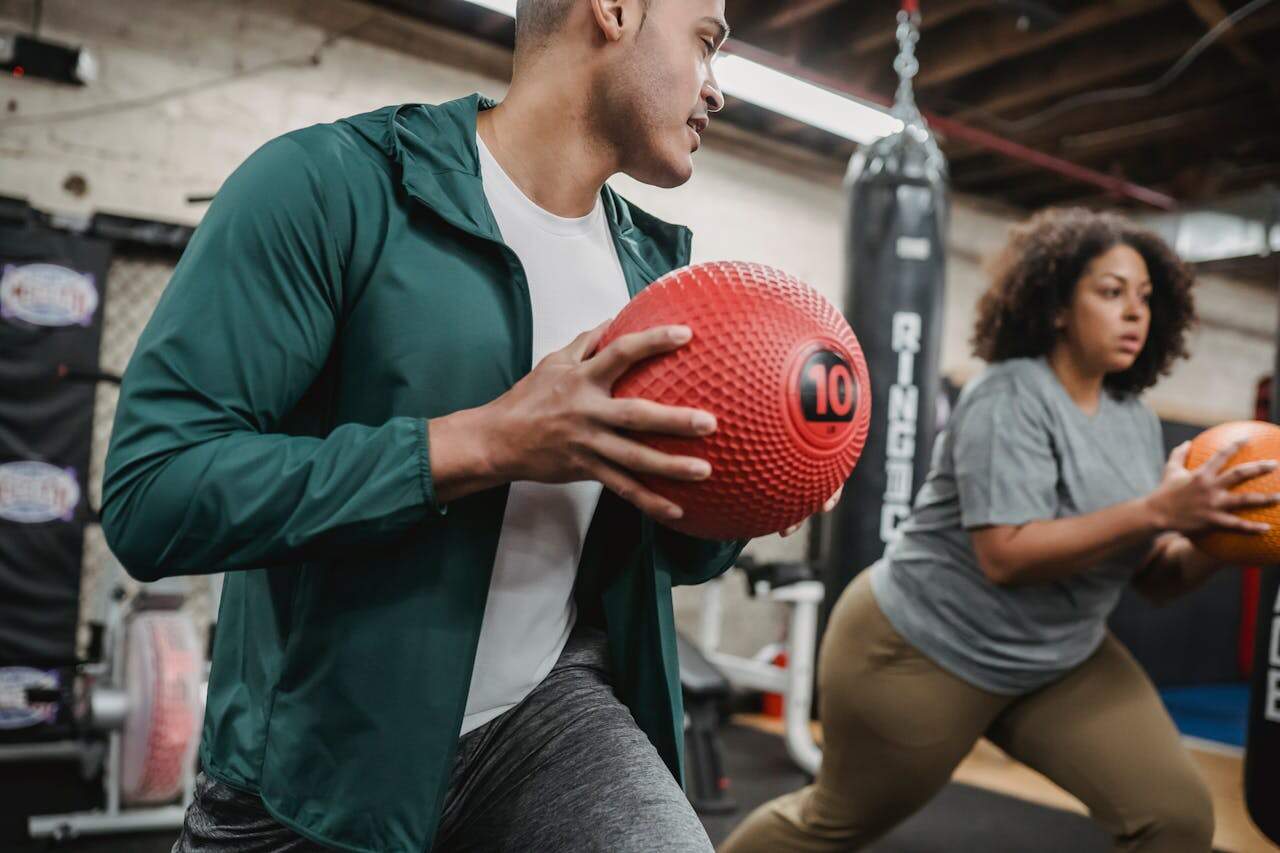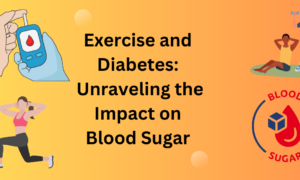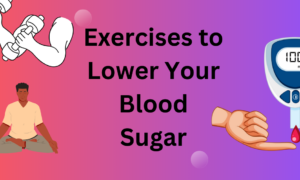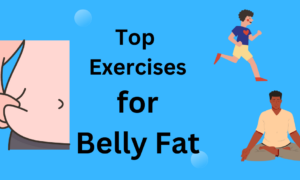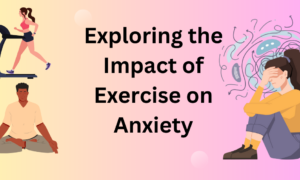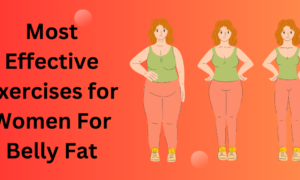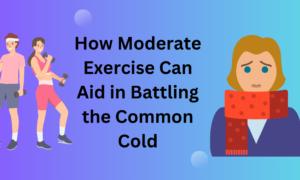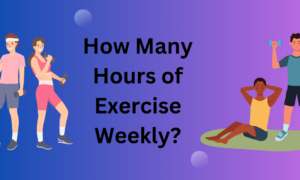Starting a fitness journey can feel overwhelming, especially if you’ve never worked out before. The good news? You don’t need a gym membership or fancy equipment to get started. What you need is a bit of commitment, a plan that works for you, and the right mindset.
What Is Functional Fitness?
Exercises that prepare your body for daily tasks like climbing stairs, lifting groceries, or bending over to pick something up are referred to as functional fitness. Strength, flexibility, balance, and coordination are the main focus of these exercises.
Functional exercises for beginners engage several muscle groups simultaneously, in contrast to workouts that concentrate on individual muscles. Consider exercises like push-ups, planks, lunges, and squats. In addition to improving your appearance, these movements lay the groundwork for a better quality of life.
Functional fitness can help prevent injuries, improve mobility, and build strength in a way that feels practical and long-lasting, even if you’re just starting out.
Why Start with a Beginner Workout Plan?
Starting with a structured beginner workout plan is key to building consistency and avoiding burnout. Many people make the mistake of jumping into intense routines, only to give up a few days later because it’s too hard or painful.
A good plan for beginners includes:
- Basic movements
- Short durations
- Gradual progression
This helps you create a habit without overwhelming your body or mind. The goal isn’t perfection; it’s just getting started and staying consistent.
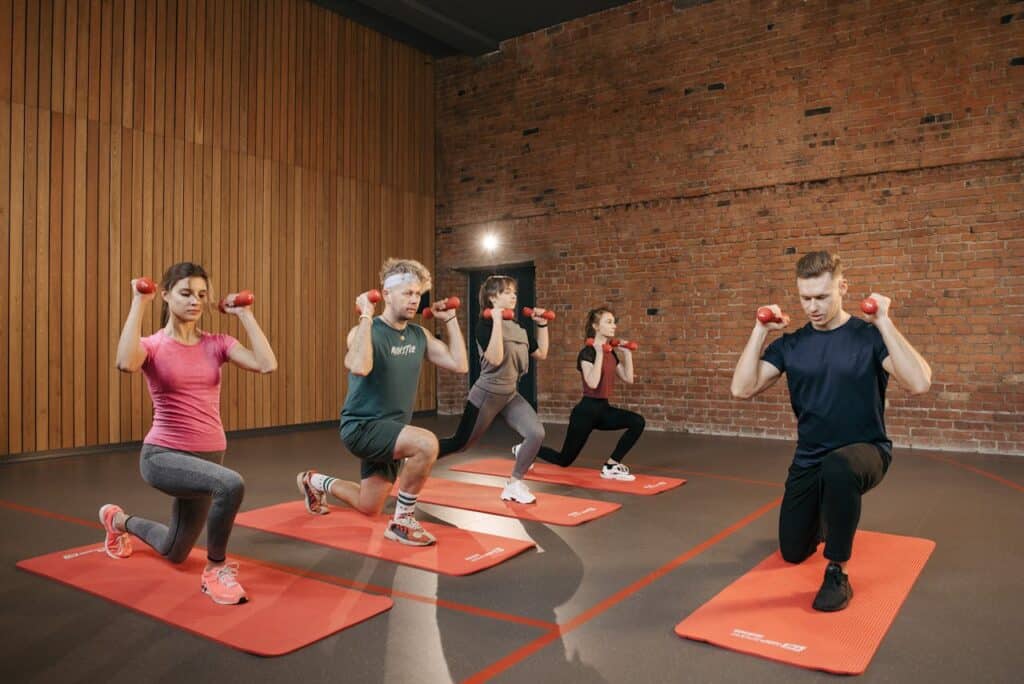
Finding Your Fitness Motivation
Maintaining motivation when starting a fitness journey is one of the most difficult tasks. Distractions and doubts can arise, particularly when working out at home.
Asking yourself why you want to make this change can help you develop long-lasting motivation for fitness. Is it for increased energy? Better sleep? Keep up with your children? Sticking with the process is made easier once your “why” is clear.
An additional piece of advice is to avoid comparing your beginning to someone else’s middle. Pay attention to your progress, no matter how small. Every repetition, workout, and step forward matters.
Home Workout: Your Starting Ground
You don’t need a gym to get started. A home workout setup is perfect for beginners. All you need is a bit of space, a towel or yoga mat, and your own body weight.
Home workouts are convenient and remove the pressure of performing in front of others. You can go at your own pace, pause when needed, and create a routine that fits your schedule.
Start small: 10–15 minutes a day, three to four times a week. As your strength and confidence grow, increase the duration and intensity.
Functional Exercises for Beginners You Can Do Anywhere
Here are some simple functional exercises for beginners that can form the core of your daily movement practice. These movements mimic everyday actions and strengthen multiple muscle groups at once.
1. Squats
Squats mimic the action of sitting and standing. They build leg strength and improve balance.
How to: Stand with feet shoulder-width apart, push hips back, and lower down like you’re sitting in a chair. Rise back up slowly.
2. Push-Ups (or Wall Push-Ups)
Push-ups strengthen your chest, shoulders, and core. Beginners can start against a wall or a sturdy table to reduce intensity.
How to: Keep your body straight, lower your chest toward the surface, and push back up.
3. Glute Bridges
These help strengthen the lower back and glutes.
How to: Lie on your back, knees bent, feet flat. Lift your hips off the ground, hold for a second, and lower.
4. Planks
Planks are an excellent no-equipment training option that strengthens your core, arms, and legs.
How to: Get into a push-up position but rest on your forearms. Keep your body straight and hold for 20–30 seconds to start.
Doing these exercises 3–4 times a week will help you build the strength and coordination needed for more advanced movements.
The Beauty of No-Equipment Training
Understanding how successful no-equipment training can be is one of the most empowering aspects of beginning your journey at home. Bodyweight exercises enhance your mind-body connection in addition to helping you gain strength.
The core of functional fitness is the ability to control your body. Exercises like lunges, planks, and step-ups are easy yet effective methods to develop strength in the real world.
Even better, you can alter these exercises to fit any level of fitness. Therefore, no-equipment training is suitable for both complete beginners and those resuming fitness after a prolonged absence.
Building Your Beginner Workout Plan
Here’s an example of a simple beginner workout plan you can follow for your first month:
Week 1–2: Foundation Phase
- Monday: 10 minutes – Squats, wall push-ups, glute bridges
- Wednesday: 10 minutes – Planks, lunges, shoulder rolls
- Friday: 10 minutes – Repeat Monday
Focus on form, not speed. If you feel tired, rest more between sets.
Week 3–4: Confidence Phase
- Monday: 15 minutes – Add repetitions or extra rounds
- Wednesday: 15 minutes – Introduce timed planks and bridges
- Friday: 15 minutes – Mix and match exercises
This plan helps you create consistency without feeling overwhelmed. It’s flexible and built around functional exercises for beginners, making it easier to progress without injury.
How to Stay Consistent with Home Workouts
Staying on track with your home workout routine requires creating a system that works for you. Here are a few tips to help you stay consistent:
- Schedule your workouts like appointments. Put them in your calendar.
- Set up a dedicated space at home, even if it’s just a corner.
- Dress the part. Wearing workout clothes signals your brain it’s time to move.
- Track your progress. Write down what you did each day to see how far you’ve come.
Even 10–15 minutes of movement can have a big impact on your energy, mood, and long-term health. Don’t underestimate the power of consistency over intensity.
Listening to Your Body
When beginning from a sedentary way of life, it’s important to pay attention to your body. There is a distinction between experiencing challenge and feeling discomfort. If something causes sharp or uncomfortable pain, stop.
Functional fitness focuses on enhancing your body’s performance instead of punishing it. Begin gradually, take breaks when necessary, and show yourself kindness as you advance through your introductory workout program.
Keep in mind: your objective isn’t to achieve perfection. Your objective is to keep showing up.
Fueling Your Motivation Beyond Day 1
Your fitness motivation may feel strong at first but can fade if you don’t actively work to maintain it. Here’s how to keep the fire burning:
- Celebrate small wins. Did your plank time go up by 10 seconds? That’s a win!
- Take progress pictures. Changes can be subtle, and photos help you track results.
- Connect with others. Find online communities or friends who are also starting out.
Most importantly, forgive yourself for any missed workouts. Just get back on track the next day. Building a habit is more important than sticking to a perfect schedule.
Adding Progress as You Go
As you get stronger and more comfortable, you can slowly add to your home workout routine. Increase reps, add time-based intervals, or try new moves like mountain climbers, step-ups, or chair dips.
You don’t need to make drastic changes all at once. The best progress is sustainable progress.
Functional fitness is designed to evolve with you. As your strength and coordination improve, you’ll notice everyday tasks becoming easier; walking longer, lifting with better form, and even sleeping better.
Common Myths About Starting Fitness
Many people delay starting a fitness routine because of common misconceptions. Let’s clear a few of them up.
“I’m too out of shape to exercise.”
Everyone starts somewhere. That’s why there are functional exercises for beginners, so you can begin safely and build gradually.
“I need a gym or equipment.”
Nope. No-equipment training is just as effective for beginners. Your body is the best tool you have.
“I don’t have time.”
Even 10 minutes a day can make a difference. What matters is consistency, not duration.
“I have to be sore to make progress.”
Soreness isn’t always an indicator of a good workout. Focus on form, not discomfort.

Final Thoughts: Your Journey Starts Now
Beginning a fitness regimen from the beginning may seem daunting, but it doesn’t need to be. By following a practical beginner exercise routine, receiving encouraging fitness support, and having an accessible home workout environment, you can gradually start moving and gain confidence throughout the process.
The essential point is to begin with small steps, remain consistent, and prioritize progress rather than striving for perfection. Functional fitness isn’t about achieving the ideal physique; it’s about developing a body that functions well for you in everyday life.
You don’t have to accomplish everything today. All you have to do is take the initial step, from your couch to the ground and get started.
FAQs
How many days a week should a beginner work out?
Start with 3 to 4 days a week. Focus on short, functional workouts and give your body time to rest and adapt.
Do I need any equipment to start?
No. Many functional exercises for beginners rely only on body weight. That’s why no-equipment training is ideal for home workouts.
What’s the best time to work out?
The best time is whenever you’re most likely to stick with it. Morning, afternoon, or evening; it’s about what fits your routine.
How long will it take to see results?
It varies by person. Many beginners notice improved energy and mobility within 2–4 weeks. Physical changes follow with consistent effort.
Can I get fit at home without a gym?
Absolutely. A regular home workout routine with structured functional exercises for beginners can help you build strength, stamina, and confidence without ever stepping into a gym.

